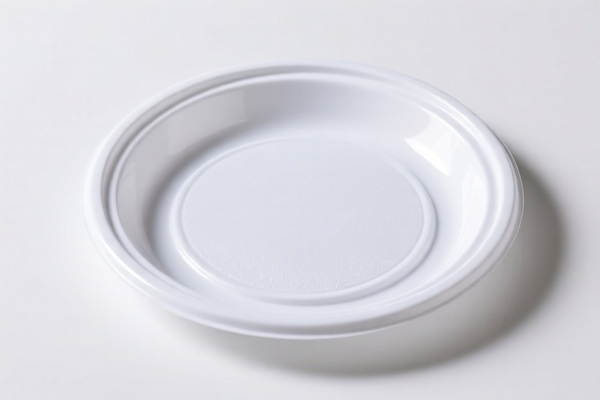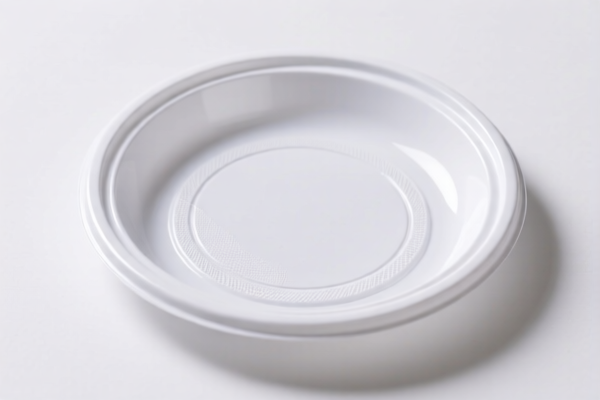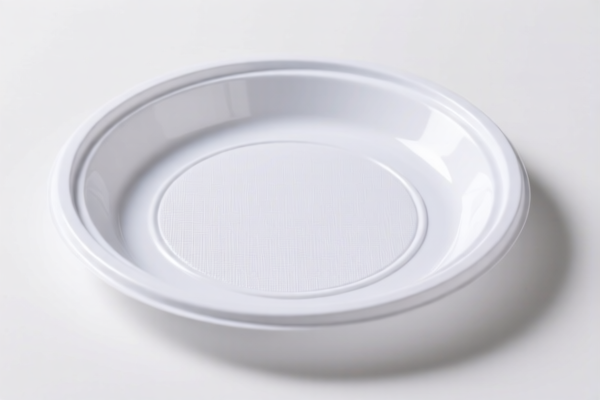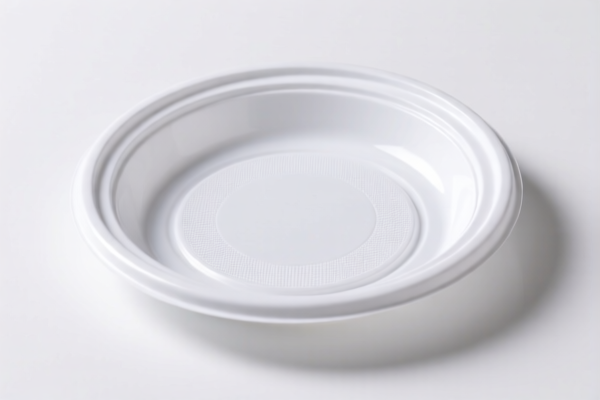| HS Code | Official Doc | Tariff Rate | Origin | Destination | Effective Date |
|---|---|---|---|---|---|
| 3924104000 | Doc | 33.4% | CN | US | 2025-05-12 |
| 3924905650 | Doc | 40.9% | CN | US | 2025-05-12 |
| 3926901000 | Doc | 40.9% | CN | US | 2025-05-12 |
| 3926909989 | Doc | 42.8% | CN | US | 2025-05-12 |
| 9620005000 | Doc | 60.3% | CN | US | 2025-05-12 |
| 9602005080 | Doc | 40.2% | CN | US | 2025-05-12 |




Plastic Table
A plastic table is a table with a tabletop and supporting legs constructed primarily from plastic materials. These tables are widely used in both indoor and outdoor settings due to their affordability, durability, and ease of maintenance.
Material
The primary material is plastic, though the specific type varies significantly. Common plastics used include:
- Polyethylene (PE): High-Density Polyethylene (HDPE) and Low-Density Polyethylene (LDPE) are frequently used for their resistance to moisture and impact. Often found in folding tables and outdoor furniture.
- Polypropylene (PP): Known for its strength and resistance to chemicals. Common in more durable, long-lasting tables.
- Acrylic (PMMA): Provides a glass-like appearance and is more resistant to UV degradation, suitable for higher-end plastic tables.
- Polystyrene (PS): Less expensive, often used in lightweight, disposable or temporary tables.
Metal frames (typically steel or aluminum) are sometimes combined with plastic tabletops for added stability.
Purpose
Plastic tables serve a wide range of purposes:
- Dining: Used as kitchen tables, dining tables, or outdoor patio tables.
- Work/Utility: Used as workbenches, craft tables, or temporary surfaces for various tasks.
- Events: Commonly used for parties, picnics, trade shows, and other events.
- Children’s Furniture: Lightweight and easy to clean, making them ideal for children's play or learning.
Function
The primary function is to provide a flat, stable surface for supporting objects. Specific functions depend on the table's design:
- Weight Support: Tables are designed to hold a certain amount of weight, varying with the plastic type and construction.
- Stability: The leg design and material contribute to the table's stability, preventing tipping or wobbling.
- Portability: Many plastic tables are lightweight and foldable, making them easy to transport and store.
- Resistance to Environmental Factors: Plastic resists moisture, UV rays (depending on the plastic type), and some chemicals, making them suitable for outdoor use.
Usage Scenarios
- Indoor Dining Areas: Kitchens, dining rooms, breakfast nooks.
- Outdoor Patios & Decks: For dining, entertaining, or relaxing.
- Gardens & Parks: Picnics, outdoor events.
- Events & Parties: Temporary seating and serving surfaces.
- Schools & Daycares: Children's play and learning areas.
- Trade Shows & Conferences: Displaying materials or providing work surfaces.
Common Types
- Folding Tables: Lightweight and portable, ideal for events or storage. Often made from HDPE.
- Picnic Tables: Typically rectangular with attached benches, often made from HDPE or PP.
- Bistro Tables: Small, round or square tables, commonly used in cafes or patios.
- Coffee Tables: Low tables used in living rooms or lounges.
- Work Tables: Sturdy tables designed for utility purposes, often with metal frames.
- Children's Tables & Chairs Sets: Smaller-scale tables and chairs designed for children.
- Adjustable Height Tables: Tables with adjustable legs for various uses.
Plastic tables fall under several potential classifications depending on their specific use and composition. Here's a breakdown of relevant HS codes based on the provided information:
-
3924.10.4000: This code covers tableware and kitchenware made of plastics, specifically 'Other'. This would apply to plastic tables designed for dining or food preparation.
- 39: Chapter 39 covers plastics and articles thereof.
- 24: Heading 24 specifies tableware, kitchenware, other household articles and hygienic or toilet articles, of plastics.
- 10: Subheading 10 further defines this as tableware and kitchenware.
- 4000: This specifies 'Other' within the tableware and kitchenware category. The total tax rate is 33.4%.
-
3924.90.5650: This code covers 'Other' plastic articles, specifically 'Other'. This could apply to plastic tables not specifically classified as tableware or kitchenware.
- 39: Chapter 39 covers plastics and articles thereof.
- 24: Heading 24 specifies tableware, kitchenware, other household articles and hygienic or toilet articles, of plastics.
- 90: Subheading 90 covers 'Other' plastic articles.
- 5650: This specifies 'Other' within the 'Other' category. The total tax rate is 40.9%.
-
3926.90.9989: This code covers 'Other' articles of plastics and articles of other materials, specifically 'Other'. This could apply to plastic tables that don't fall into the more specific categories.
- 39: Chapter 39 covers plastics and articles thereof.
- 26: Heading 26 specifies other articles of plastics and articles of other materials.
- 90: Subheading 90 covers 'Other' articles.
- 9989: This specifies 'Other' within the 'Other' category. The total tax rate is 42.8%.
It's important to note that the applicable tax rate for 3924.10.4000 is 33.4%, for 3924.90.5650 is 40.9%, and for 3926.90.9989 is 42.8%. All three codes are subject to a tariff increase on April 2, 2025, with the additional tariff rising to 30%.
Customer Reviews
No reviews yet.